The Daily Show's Trevor Noah notes something important about the police shootings of black men

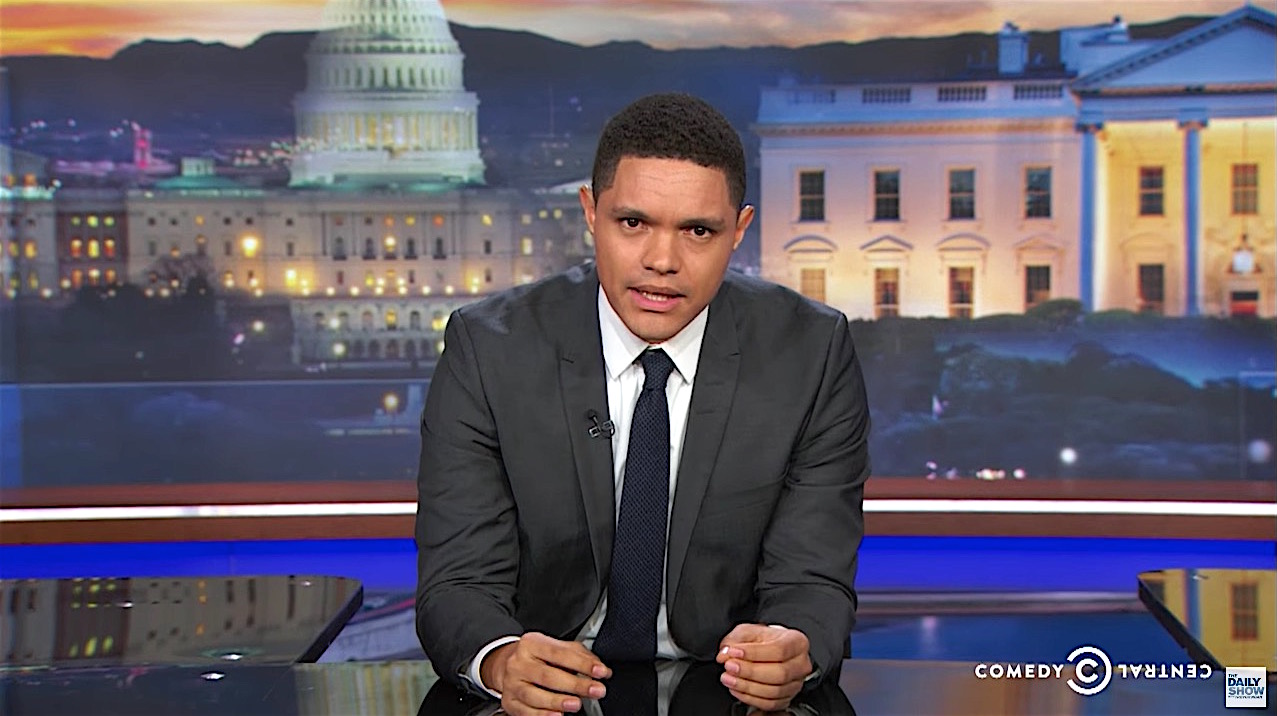
On Thursday, prosecutors in Tulsa, Oklahoma, charged a white police officer, Betty Shelby, with felony manslaughter for the shooting death of a black man, Terence Crutcher, and the National Guard was in the streets of Charlotte amid a third night of protests over another police-involved fatal shooting this week. On Wednesday's Daily Show, Trevor Noah soberly tried to explain why black Americans are so angry, drawing on his outsider perspective as a South African. He focused on the Crutcher case, which "looks cut and dried to me," but connected it to the broader problem: "It seems extremely easy to get shot by police in America."
Noah said that he is "willing to accept" that Officer Shelby "is not a racist," but something about her lawyer's defense of her caught his attention. "In an American city, there's an all-black high school, and that's normal instead of weird — living in a society where racial divisions are so deeply baked into every part of society that we don't even notice it anymore?" he asked. "An all-black high school? That's a phrase, by the way, that is never followed by, 'Oh, you're talking about the one in the nice part of town?'"
"Racial divisions are so normalized in society that people possess a bias that they don't even realize they have," Noah said, and if you think that doesn't apply to you, he disagreed. He played footage from Tulsa police watching the Crutcher shooting from a helicopter; one of them said Crutcher looks like "a bad dude." "You can't tell anything about that man from up in a helicopter, except for one thing: He's black," Noah said. "And you cannot deny that we live in a world where people see a black man and they're more likely to think, 'Oh, I might get robbed.' That's what people think. It's implicit bias. Everyone has it. I'm even guilty of that."
The Week
Escape your echo chamber. Get the facts behind the news, plus analysis from multiple perspectives.

Sign up for The Week's Free Newsletters
From our morning news briefing to a weekly Good News Newsletter, get the best of The Week delivered directly to your inbox.
From our morning news briefing to a weekly Good News Newsletter, get the best of The Week delivered directly to your inbox.
So for everyone who wonders why black people are so upset over the string of police shootings, Noah posed a question: "If the only time you encounter black people is when you're policing crime, then your only experience of black people is that they're criminals. That's your only experience of them. It's the same way that if the only time you see a Muslim man is when he's on the news for blowing something up, then in your head, all Muslims are terrorists." He wrapped up: "You can't fix racial bias overnight, you genuinely can't, all right? The one thing you can do is not think black people are crazy for feeling oppressed when every time they see a video of themselves being engaged by the police, it ends with them getting shot." Watch below. Peter Weber

A free daily email with the biggest news stories of the day – and the best features from TheWeek.com
Peter has worked as a news and culture writer and editor at The Week since the site's launch in 2008. He covers politics, world affairs, religion and cultural currents. His journalism career began as a copy editor at a financial newswire and has included editorial positions at The New York Times Magazine, Facts on File, and Oregon State University.
-
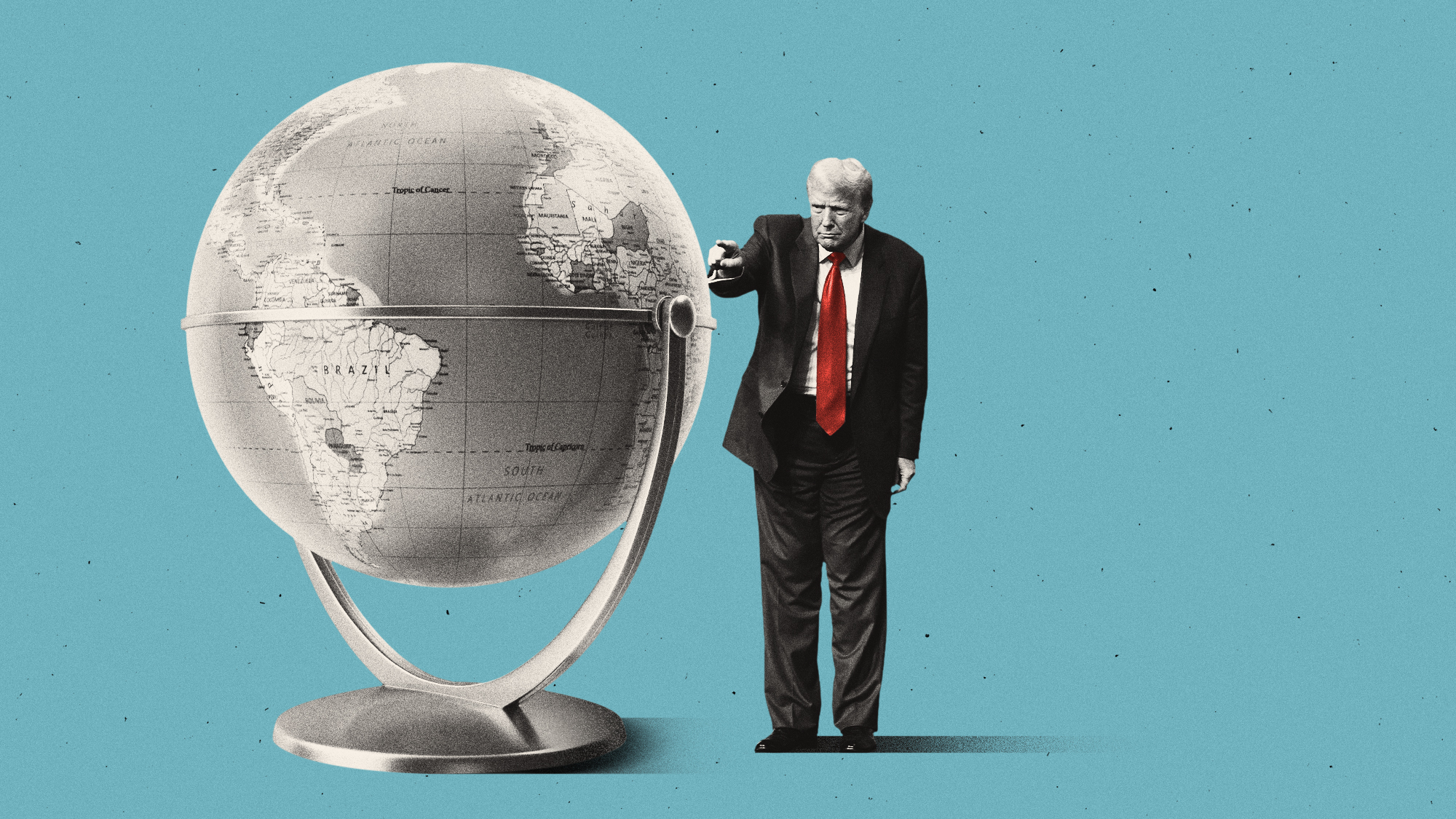 Greenland, Colombia, Cuba: where is Donald Trump eyeing up next?
Greenland, Colombia, Cuba: where is Donald Trump eyeing up next?Today's Big Question Ousting Venezuela’s leader could embolden the US administration to exert its dominance elsewhere
-
 Wilde Cambridge: home-away-from-home in a prime city spot
Wilde Cambridge: home-away-from-home in a prime city spotThe Week Recommends This laid-back aparthotel is the perfect base for a weekend of exploring
-
 The best alcohol-free alternatives for Dry January
The best alcohol-free alternatives for Dry JanuaryThe Week Recommends Whether emerging from a boozy Christmas, or seeking a change in 2026, here are some of the best non-alcoholic beers, wines and spirits to enjoy
-
 A peek inside Europe’s luxury new sleeper bus
A peek inside Europe’s luxury new sleeper busThe Week Recommends Overnight service with stops across Switzerland and the Netherlands promises a comfortable no-fly adventure
-
 Son arrested over killing of Rob and Michele Reiner
Son arrested over killing of Rob and Michele ReinerSpeed Read Nick, the 32-year-old son of Hollywood director Rob Reiner, has been booked for the murder of his parents
-
 Rob Reiner, wife dead in ‘apparent homicide’
Rob Reiner, wife dead in ‘apparent homicide’speed read The Reiners, found in their Los Angeles home, ‘had injuries consistent with being stabbed’
-
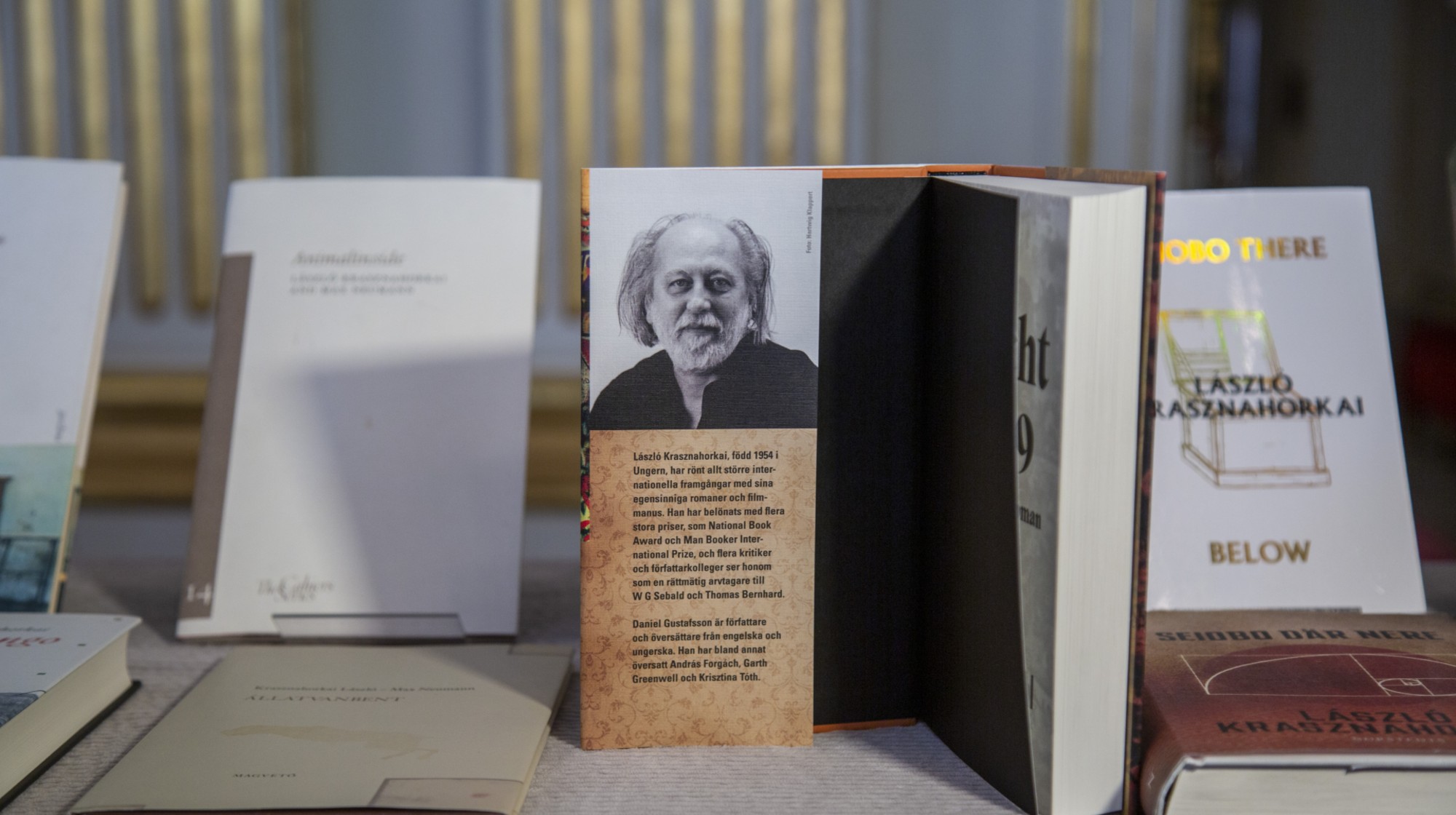 Hungary’s Krasznahorkai wins Nobel for literature
Hungary’s Krasznahorkai wins Nobel for literatureSpeed Read László Krasznahorkai is the author of acclaimed novels like ‘The Melancholy of Resistance’ and ‘Satantango’
-
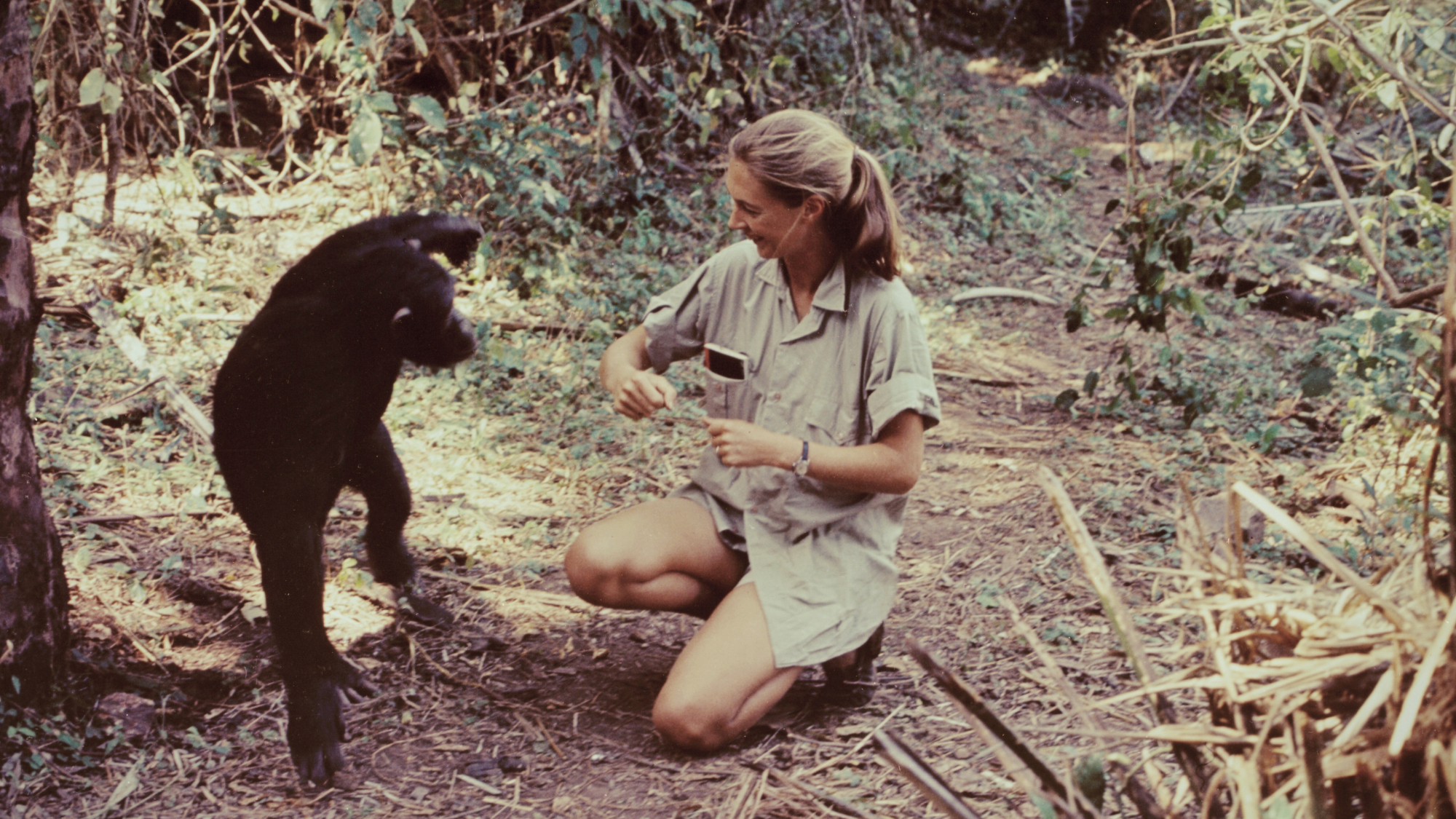 Primatologist Jane Goodall dies at 91
Primatologist Jane Goodall dies at 91Speed Read She rose to fame following her groundbreaking field research with chimpanzees
-
 Florida erases rainbow crosswalk at Pulse nightclub
Florida erases rainbow crosswalk at Pulse nightclubSpeed Read The colorful crosswalk was outside the former LGBTQ nightclub where 49 people were killed in a 2016 shooting
-
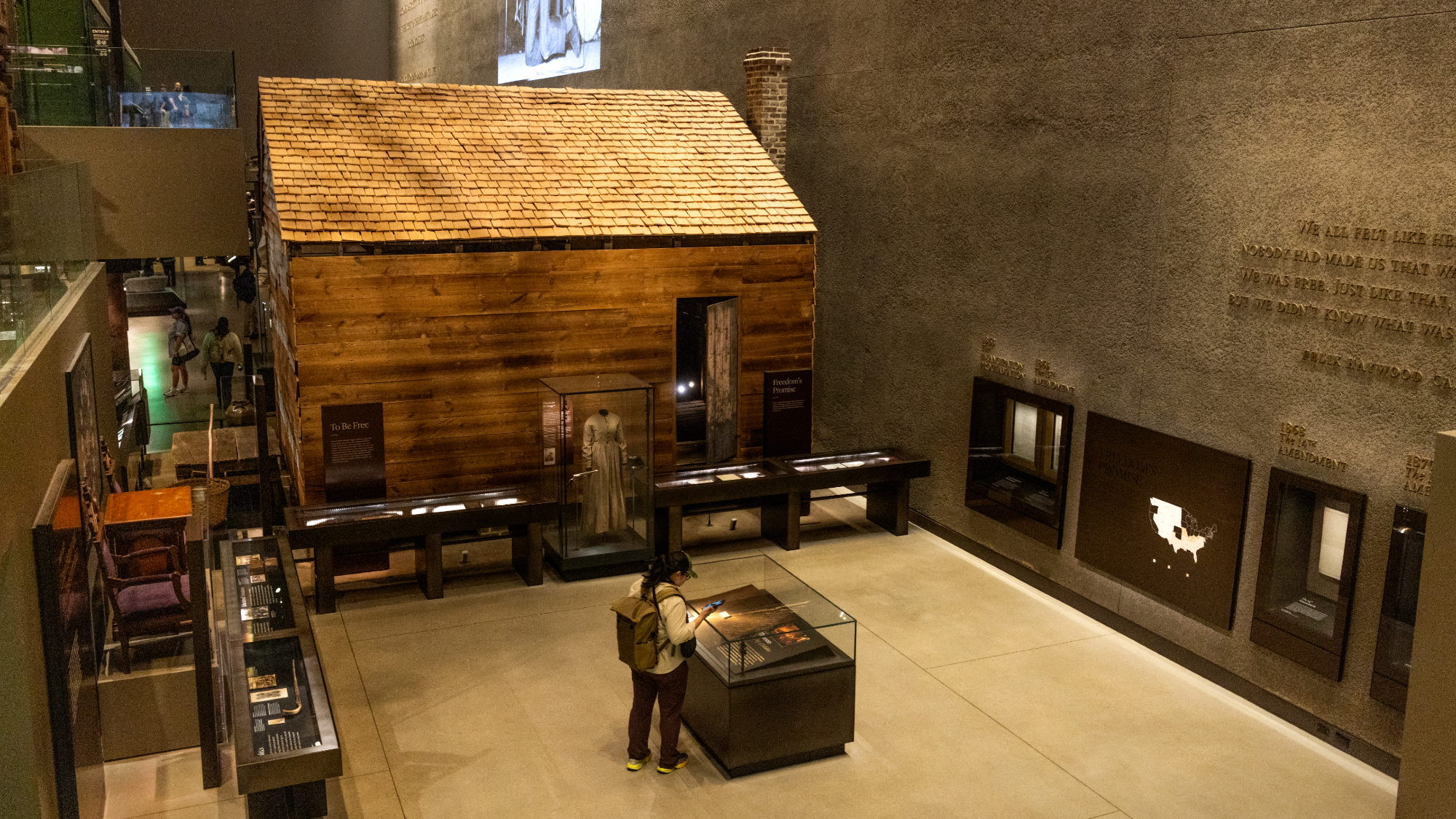 Trump says Smithsonian too focused on slavery's ills
Trump says Smithsonian too focused on slavery's illsSpeed Read The president would prefer the museum to highlight 'success,' 'brightness' and 'the future'
-
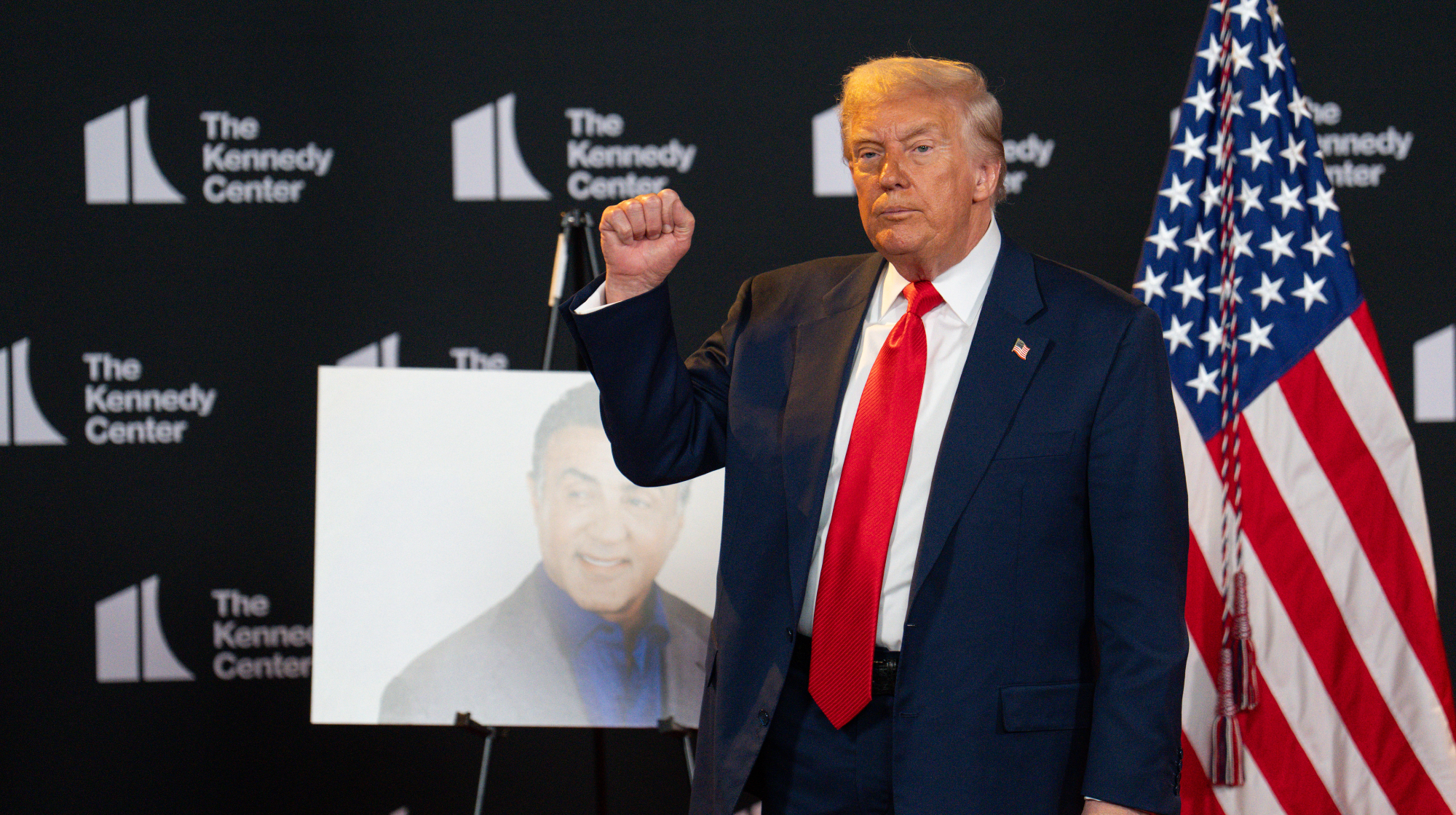 Trump to host Kennedy Honors for Kiss, Stallone
Trump to host Kennedy Honors for Kiss, StalloneSpeed Read Actor Sylvester Stallone and the glam-rock band Kiss were among those named as this year's inductees
